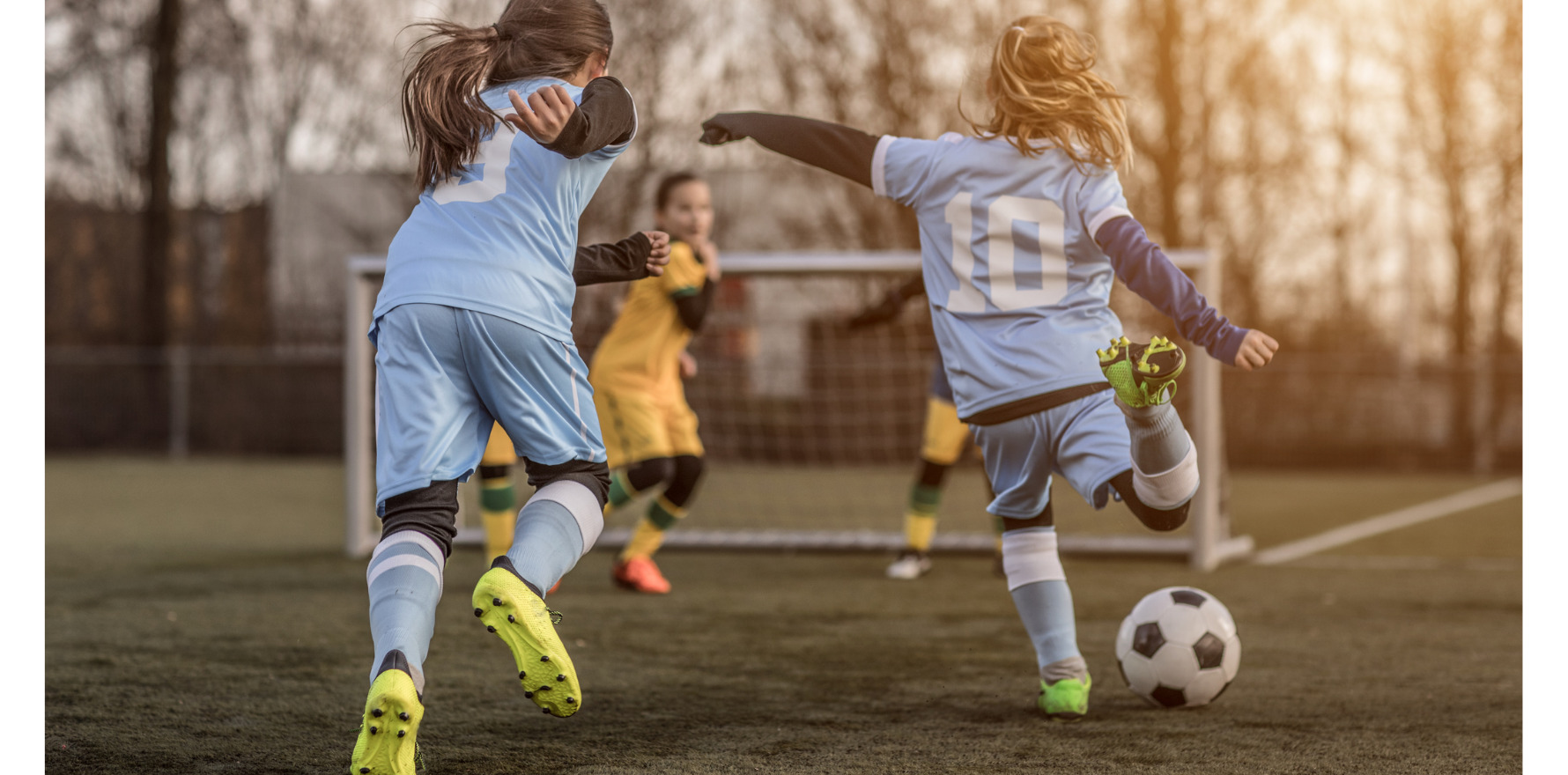Introducing load-bearing exercises in treatment for children could make all the difference in the long term.
Bone health might not always top the priority list for rheumatologists treating paediatric patients, but it took centre stage during Associate Professor Verity Pacey’s presentation at the 2021 ARA Annual Scientific Meeting.
According to Professor Pacey, an exercise physiologist who previously worked at the Westmead Children’s Hospital connective tissue dysplasia clinic, bone mass development during puberty dictates bone health in later years, as both men and women typically reach peak bone mass between 18 and 20 years of age.
“We have this real key time period where we can achieve that peak bone mass, and if we miss that, then we miss a lifetime opportunity of maintaining [that person’s] bone health at the best that it can be,” she told Rheumatology Republic.
While factors like hormones and genetics are likely to have the biggest impact on bone mass, Professor Pacey cited muscle mass as the next most influential component – and one of the only ones that can be changed.
“What you see with both boys and girls is they get an increase in their muscle, and then about a year or so later, an increase in their bone,” she said during her presentation.
“It takes time for bone to form in response to muscular actions, but more muscle makes more bone.”
Despite the fact that poor bone health often leads to complications like vertebral crush fractures for children with rheumatic conditions like juvenile idiopathic arthritis, other aspects of the child’s condition often tend to take priority.
“It could be pain, it could be limited joint movement, it could be any number of the other systemic features of rheumatological conditions which jump out [to a clinician first], but bone health is an underlying issue,” Professor Pacey told RR.
Because of this hierarchy of symptoms, patients are often (quite rightly) advised by their treating rheumatologist to avoid exercise or strain on certain joints for a period of time.
However, this can often get lost in translation between doctor, patient and physiotherapist.
“[Advice not to] jump or do any contact sports might be coming from, say, a physician – but then the physio sits down and has a conversation with the family and they go, ‘oh no, they’re not allowed to do physical activity because it’s going to damage their joint forever,’” Professor Pacey said.
“In actual fact, what the physician may have been saying is, ‘look, you’ve got an acute problem, now let’s just protect for a short period of time’, and the physio is wanting to think about the longer term.”
Despite this patient confusion, which she feels could be quickly overcome by better cross-team communication, Professor Pacey said that there are nearly always appropriate muscle-building exercises which she can recommend.
Although load-bearing exercises like jumping, soccer and gymnastics have the best evidence-base in terms of improving bone mass, activities like swimming and cycling shouldn’t be discounted, according to Professor Pacey.
“Doing something like swimming or cycling is a way to stay active without putting pressure on your primary pathology, but still maintaining some muscle strength which is important for just functioning, let alone for bone health as well,” she told RR.
Miss this session on the day? Catch it now on ARA Delegate Connect
Osteoporosis prevention: lifespan benefits for bone health from exercise in childhood





